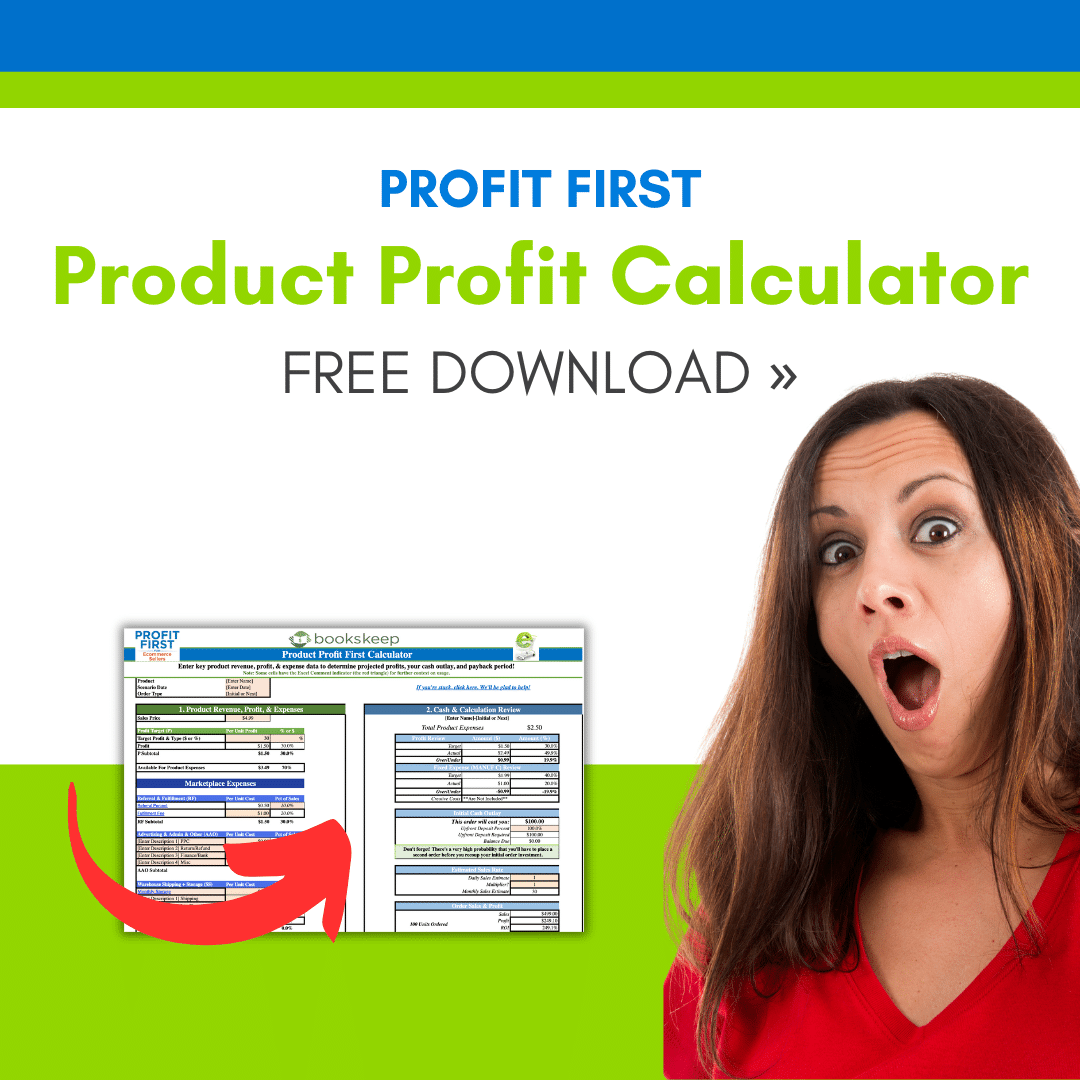
After you’ve prepped and searched through all your options, it’s time to actually sell. When it comes time to send your business off into new hands, there are several things you want to keep in mind to ensure you get the price and the smooth transition you deserve.
The Sale
It may be time to make the sale, but you’re not off the hook yet. There are still things that you need to work through to make sure all your bases are covered and the hand-off is quick and easy.
Due Diligence
This is where the potential for stress for sellers comes in, as the potential buyer checks out financial statements, business records, and other details of the business. This is basically the time where the buyer verifies the accuracy of everything the seller said to be true. If something unexpected is uncovered, it could put the deal in jeopardy – it definitely has the potential to be a tiring & nerve-wracking process.
However, you can mitigate this by being upfront and proactive on any potential “uh oh” situations. You want to help solve problems and remove obstacles for the potential buyer.
From a financial data standpoint, having a clean and orderly set of books is critical. You want to spend time before any due diligence (and ideally before you even put the business up for sale) making sure all the transactions and statements tie together. As with the add-back process, we discussed, this may include additional restructuring of your Chart of Accounts and ensuring everything links back to bank and credit card records.
By cleaning house upfront, you’ll avoid the “let’s see what happens to the sweater when we pull on this thread” scenario. If that happens, you begin to lose credibility and it becomes a “if this part is a mess, what else might be hidden behind those doors.” Go in to this proactively and dig in to your financial records and statements.
Transitions and Transfers
There are additional layers to consider when you have employees or contractors as part of the business. Some questions to consider are:
- Will they be supportive of the sale?
- Can you count on them to help during the transition to the new owner?
- Do they plan to stick around after the sale?
- Does the buyer plan to keep them on board?
As you can imagine, a potential business sale might trigger lots of uncertainty and stress for employees that count on their paycheck from you. You might explore how to proactively ensure a smooth transition. For example, could bonuses or other incentives help iron out any wrinkles?
One way to mitigate any risk is – say it with me! – SOPs! If you’ve documented the business processes ahead of the sales process, even if an employee or contractor won’t be moving forward, the new owner will be able to use the SOP and hire someone else.
Another mitigation strategy is related to the Lynchpin Redundancy strategy we talked about in an earlier blog from the series. If you have multiple people that can work a process, you are in a stronger position when selling your business. You want to minimize any issues that might get between you and the highest valuation possible for your business.
Here’s another good reference on this topic – check out this Quietlight Brokerage write up!
Systems & Software
There are critical systems that need to be transferred to the new owner. You need to move carefully on this! Spend time coming up with a plan. Also keep in mind that with a broker, they might already have a process to follow.
Be very mindful and careful related to marketplaces like Amazon Seller Central, Etsy, Walmart, Ebay, etc. Each marketplace may have different rules and processes related to ownership transfers – and what they do or don’t allow. Make sure to understand how to successfully make this transition.
Less concerning, but equally important, are the supporting systems. Inventory, shipping, sales & profit dashboards, email/marketing providers, website access, email access – make sure to think about all the tools you use and processes you follow!
Ownership
Once the deal is done and you’ve cashed the check, you might be ready to put your feet up! But wait, there are still a few more items to check off on your to-do lists! Here are some things to keep in mind during this process:
- Have you looped in your contacts with vendors and suppliers?
- Have you updated key customers, and provided customer lists to the new buyer?
- Do you have any intellectual property to transfer? Copyrights, trademarks, patents?
- Have you paid off all agreed upon bills or debts?
- What services might need cancelling or transferring? Think about things like insurance policies and lease agreements.
Lean on your broker, lawyer, attorney, or other advisors for advice and guidance on making sure you have a clean transition. Remember of course, that this is the internet! There are plenty of additional resources out there. You can start with these 2 nice write ups on transitioning by BizBuySell’s President Bob House, Closing the Sale and Securing the Deal and Checklist for Transitioning a Business to New Ownership.
With this final blog in the SmartCFO series, we have taken you through the process from beginning to end. If you’ve made it to this final stage in your business and are making the big sale, we want to say congratulations! If you are just starting your business and have followed this series through the four stages, we hope we have helped you prepare.




Leave a Comment